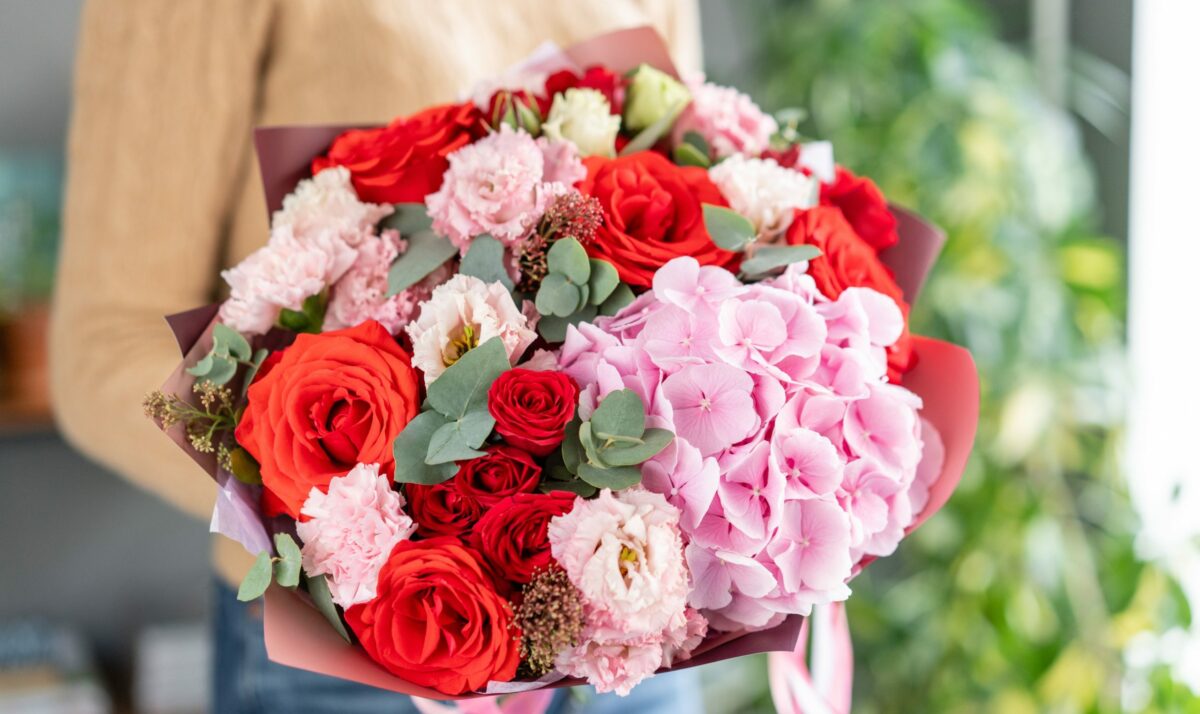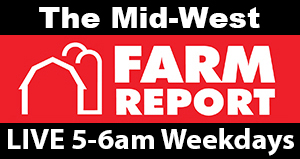
Thinking of getting Mom a bouquet for Mother’s Day? It is the second largest holiday for cut flowers after Valentine’s Day, and that demand requires a large amount of flowers to be imported into the country.
Importing flowers comes down to demand. Flowers from overseas are cheaper and in much higher quantities than what is in the states. The U.S. is seeing an increase in the number of flower stems being imported. A billion flowers are anticipated to come into the country this year alone after reaching over a billion for the first time just two years ago.
With such a large quantity coming from overseas, the United States Custom and Border Patrol have their work cut out in ensuring that we receive safe, quality products. Bruce Cheong, an agriculture operations manager with the Agriculture Programs Trade Liaison and U.S. Customs and Border Patrol, says that agriculture specialists will be at ports of entry inspecting flowers to make sure there are no pests or diseases that can affect agriculture.
Most of the inspection is done manually which can be tedious.
“It is not possible to physically inspect a billion stems of flowers, but we do an appropriate sample size to catch the pests and diseases we are interested in,” Cheong explains. “For example, this year we have already intercepted over 700 pests on nearly 500 million flower stems.”
The USDA is very familiar with risks pertaining to certain flowers and has standards in place for all flower species. To mitigate risk, strategies including treatment overseas or requiring certain flowers to be grown in a specific manner are implemented. Any flowers that are found to have undesirable pests or diseases are subject to remedial action. This can include destruction, treatment, or re-exportation.
Cheong says the Netherlands have exported 8 million tulips so far this year. Popular flowers for Mother’s Day, such as roses, chrysanthemums and mixed bouquets, primarily come from Columbia and Ecuador.

Leave a Reply